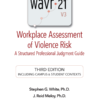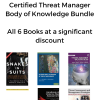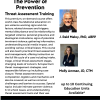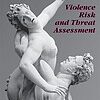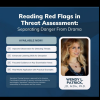The Psychology of Stalking: Clinical and Forensic Perspectives
$49.99327 pages, published in 1998.
J. Reid Meloy
“The Psychology of Stalking is the first Scholarly book on stalking ever published. Virtually every serious writer and researcher in this area of criminal psychopathology has contributed to this comprehensive resource. These chapters explore stalking from social, psychiatric, psychological, legal and behavioral perspectives. New thinking and data are presented on threats, pursuit characteristics, psychiatric diagnosis, offender-victim typologies, cyberstalking, false victimization syndrome, erotmania, stalking and domestic violence, stalking of public figures, and many other aspects of stalking. This landmark text is of interest to both professionals and other thoughtful individuals who recognize the serious nature of this ominous social behavior at the end of the millennium.” Excerpt taken from bookcover
“The Psychology of Stalking is a comprehensive, up to date, scholarly review that includes everything from Shakespeare’s stalking sonnets to cyberstalking. It provides a wealth of useful information. The book is must reading for law enforcement and mental health professionals that deal with stalkers.” Phillip J. Resnick, M.D. Director of Forensic Psychiatry, Case Western Reserve University
“J. Reid Meloy and his colleagues have blended clinical insight, scientific rigor, and legal precision to produce the one indispensable book on stalking. Encyclopedic in coverage and gracefully written, this work will have enormous influence on practice, policy, and research. With the publication of The Psychology of Stalking: Clinical and Forensic Perspectives, the study of stalking has come of age.” John Monahan, Ph.D. University of Virginia School of Law


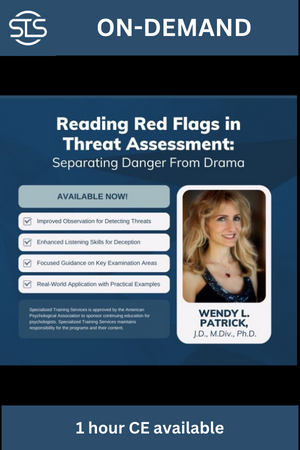
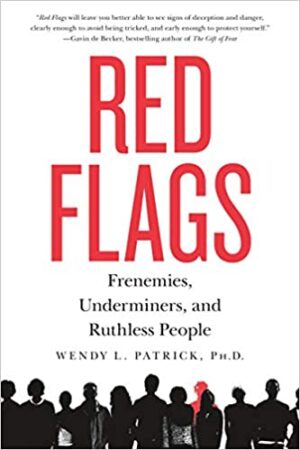
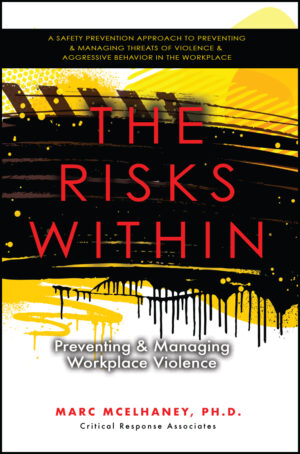



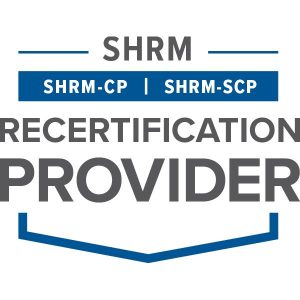



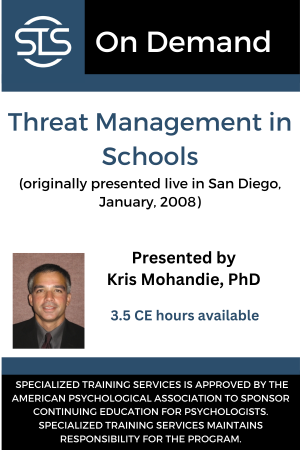
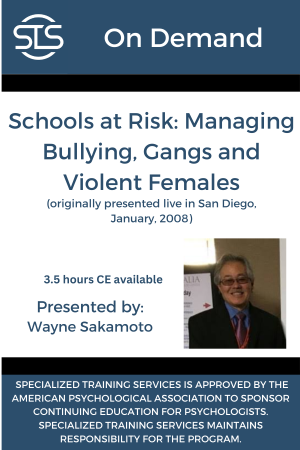




![Stalking, Threatening, and Attacking Public Figures [backordered]](https://specializedtraining.com/wp-content/uploads/2023/05/image-39.jpeg)
